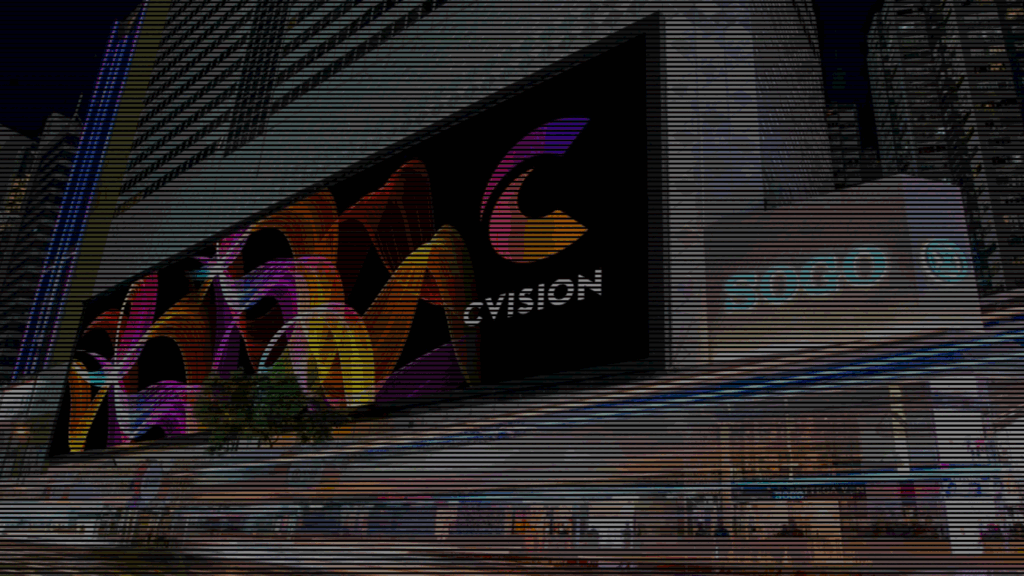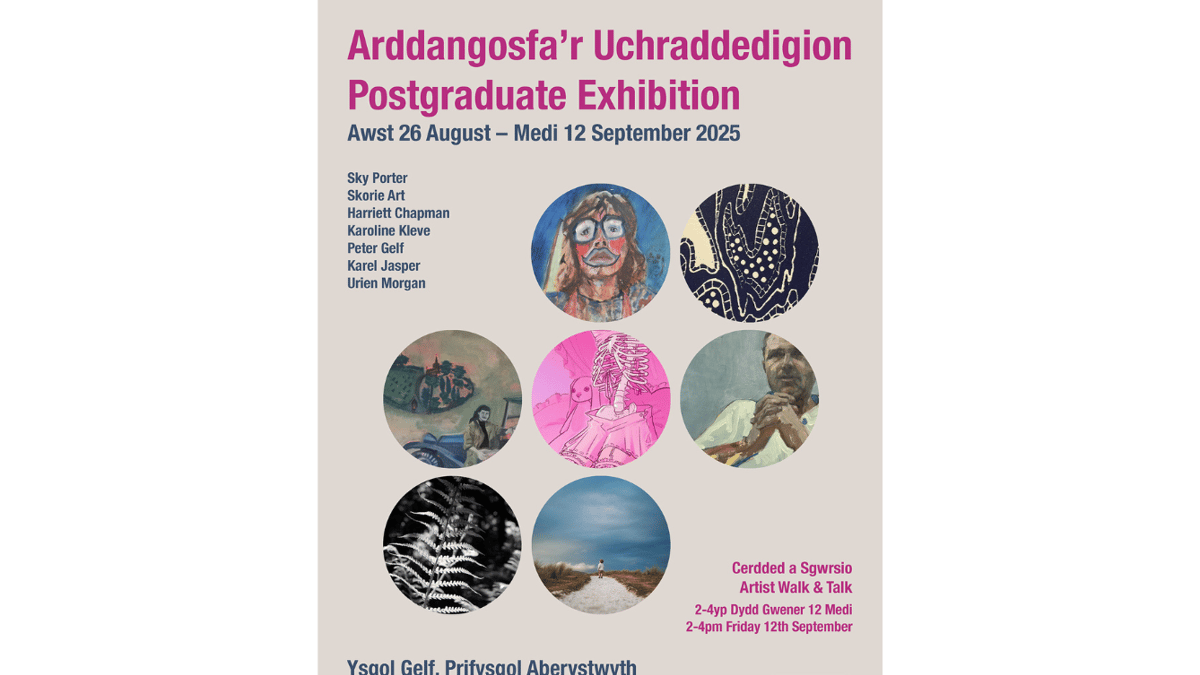The beating heart of a city, its effervescent soul ever flickering day and night — in Hong Kong, neon signs are threatened, but for the time being continue to stand silhouetted against the dark night skies, dancing with their curvilinear shapes.
Whilst Hong Kong has undeniably lost much of its cityscape over the years, the presence of neon lights has been gloriously captured by films such as Ghost In The Shell and Doctor Strange, as well as in the interiors of hip bars like Kinsman and Ping Pong 129.
Stroll around the city, and it’s not long before one notices the glaring difference between the giant LED screens vying for the general public’s attention in bustling commercial centers such as Causeway Bay and Central vis-à-vis the neon signs found in comparatively less busy neighborhoods such as Yau Ma Tei and Wan Chai.
These are prime examples of the ever-changing urban landscape. The use of neon signs in Hong Kong experienced a golden era from the 1950s through the 1980s, with entire building facades covered in glowing displays by the 1970s. However, due to strict regulations enforced by the Building Department since the early 2000s, neon light signs across the city now have to comply with specific requirements regarding size, contact with flammable materials, and the prevention of mechanical damage.
Moreover, all signs erected before 2010 were retrospectively declared illegal, and authorities are gradually enforcing removal orders. As a result, from around 120,000 sign boards in 2011, fewer than 500 neon light signs remain in the city today. Signs from iconic businesses such as Tai Tung Bakery in Yuen Long and Jumbo Kingdom in Aberdeen disappeared from the city in 2022. (In the case of Jumbo Kingdom, formerly one the largest floating restaurants in the world, the entire restaurant capsized and sank near the Paracel Islands.)
Amidst this ongoing change, however, the local community still feels that neon lights constitute an art form and piece of cultural heritage worth keeping alive.
RADII caught up with artist Karen Chan Ka-lun (also known by her artist name Chankalun) and architects Kevin Mak King-wai and Ken Fung Tat-wai, founders of the conservation group Street Sign HK, to learn about the different ways they’re working to keep neon glowing in Hong Kong.
Chan blends her creative talents in neon art with expertise in exhibition and event design. Having studied Set Design for Stage and Screen at University of the Arts London, she also brings her experience creating props and sets for entertainment to the table.
Through her work, Chan aims to showcase the expressive potential of neon. “It’s not just a sign; it can convey complexity and new meanings,” she emphasizes. For instance, her installation Light As Air (2023), shown at Tai Kwun during Art Basel Hong Kong last year, inverted the expectations of viewers expecting to see the colorful graphics usually associated with neon. Instead, she used different shades of white to allow neon to become sculptural and interactive, harmonizing with the heritage building of Tai Kwun.
Inspired by French street artist Invader, Chan also infuses humor into her creations. This is evident in Hang In There, a commissioned piece she created for Vogue Singapore in 2022. For the installation, she explored the concept of “blue” not just as a color, but also as an emotion, using blue hangers to connect fashion and street culture.
While Chan is keeping neon alive by exploring its possibilities as a contemporary art medium, Mak and Fung are striving to preserve historical signs. Former colleagues at the international architectural firm OMA, the founders of Street Sign HK witnessed an alarming decline in neon signs starting in 2015, and in 2017 decided to make a difference by establishing their conservation group.
“At that time, I was doing urban photography to capture the changing streets, but within a month, many signs disappeared due to demolition orders,” Mak explains. This prompted them to create a platform to share the values behind these signs.
Dedicated to preserving neon lights, Street Sign HK collaborates with Tetra Neon Exchange to restore these vibrant pieces. Mak notes that initially their efforts were random, but they soon realized they had stumbled upon a unique approach: focusing on the ad hoc preservation of smaller, often overlooked neon pieces, highlighting the stories behind each sign.
Fung agrees, emphasizing the importance of considering the historical context of the signs they save, as well as building connections with the people behind them.
For instance, in 2020 they saved two neon signs from Kai Kee Mahjong Parlor (雞記麻雀娛樂) in Yau Ma Tei from being demolished, with assistance from Brian Kwok from Hong Kong Polytechnic University.
The duo preserved the mahjong parlor’s rooster emblem, connected with the business owner, and invited their extended family to appreciate the neon art at M+ Museum’s “Conserving Neon Culture” exhibition in 2021. These personal relationships are central to their mission, ensuring that every restored sign tells a story and raises awareness about the craft and history behind Hong Kong’s neon culture.
Another way Street Sign HK keeps the art alive is through their use of a modular system for storage, shipping, and installation. Fung explains that traditional glass tubes are fragile and require careful handling for shipping. In contrast, the modular approach suspends the tubes within a protective frame, allowing for improved safety. This system uses plug and tape connectors, significantly reducing installation time and increasing design flexibility.
With this method, they can complete installations that previously took two weeks in two and a half days, greatly enhancing efficiency. These skills were honed during their exhibition as part of the deTour festival held at PMQ in 2023, showcasing their commitment to innovation in neon art. The conservation group will further explore these ideas at the Maison & Objet Fair in Paris in September 2024, highlighting their dedication to evolving this vibrant craft.
Coincidentally, artist Chan also has plans to take Hong Kong neon to Paris. She envisions establishing an atelier in Paris in the future where she can continue to explore experimental neon techniques. She plans to divide her time between Paris and her hometown, aiming to also establish a vibrant art space in Hong Kong where women and female-identifying individuals can experiment with neon art, providing them with the tools and environment to unleash their creativity.
In these spaces, Chan is especially eager to share her expertise in different glass bending techniques that she has picked up from master craftspeople around the world. By teaching these skills, she hopes to empower a new generation of artists, encouraging them to embrace the beauty and intricacies of neon. Ultimately, she aims to foster a supportive community that celebrates creative expression and keeps the rich legacy of neon art alive.
Both Chan and Street Sign HK face significant challenges in preserving neon art, yet have developed ways to adapt.
On the one hand, Chan, with her smaller hands, has learned to embrace her physical limitations by finding alternative methods to bend glass tubes. This adaptability reflects her understanding of the craft, particularly in using different types of glass. Demonstrating the depth of her knowledge, she comments that European borosilicate glass generally requires a higher temperature to bend, resulting in a more angular look; whereas the rest of the world uses neon tubes with phosphorus powder that allow for a quicker malleability and a softer finish in terms of design.
Meanwhile, for Street Sign HK, navigating regulations poses one of the biggest frustrations in their preservation efforts. As Fung notes, expecting a 40-year-old sign to comply with modern dimensional “one size fits all” requirements often leads to loss.
To combat this, they conduct thorough research to assess the cultural, aesthetic, and historical significance of each sign — seeking exemptions that allow them to remain in place at their original business locations. This approach underscores the importance of aesthetic education as Street Sign HK works to shift perceptions of neon as a craft, building appreciation for its beauty and cultural value.
Looking into the future, in a world where neon art risks fading into obscurity, Street Sign HK and Chan remind us of the urgent need for long-term solutions — rather than quick fixes — to preserve this unique craft. Despite the fact that creating neon art can be costly for industry professionals, it’s crucial to advocate for education and accessibility, ensuring that knowledge is shared within the community to keep this vibrant art form alive.
If the general public is educated about neon’s creative potential and its cultural significance, it’s possible that younger generations will be encouraged to spread the art itself, potentially promoting their own businesses through neon lights — either traditional lights or more modern and environmentally-friendly LED-powered creations that replicate the medium.
More importantly still, as Chan states, we need to foster a culture of knowledge and communication, where different community stakeholders share their skills and expertise related to neon lights, and there is open dialogue between policy makers and industry workers to ensure that this vibrant heritage continues to shine.
Banner graphic by Haedi Yue.





